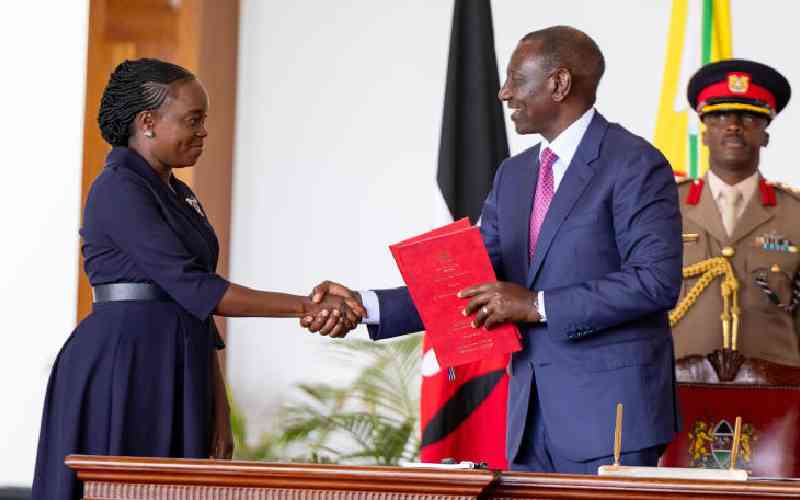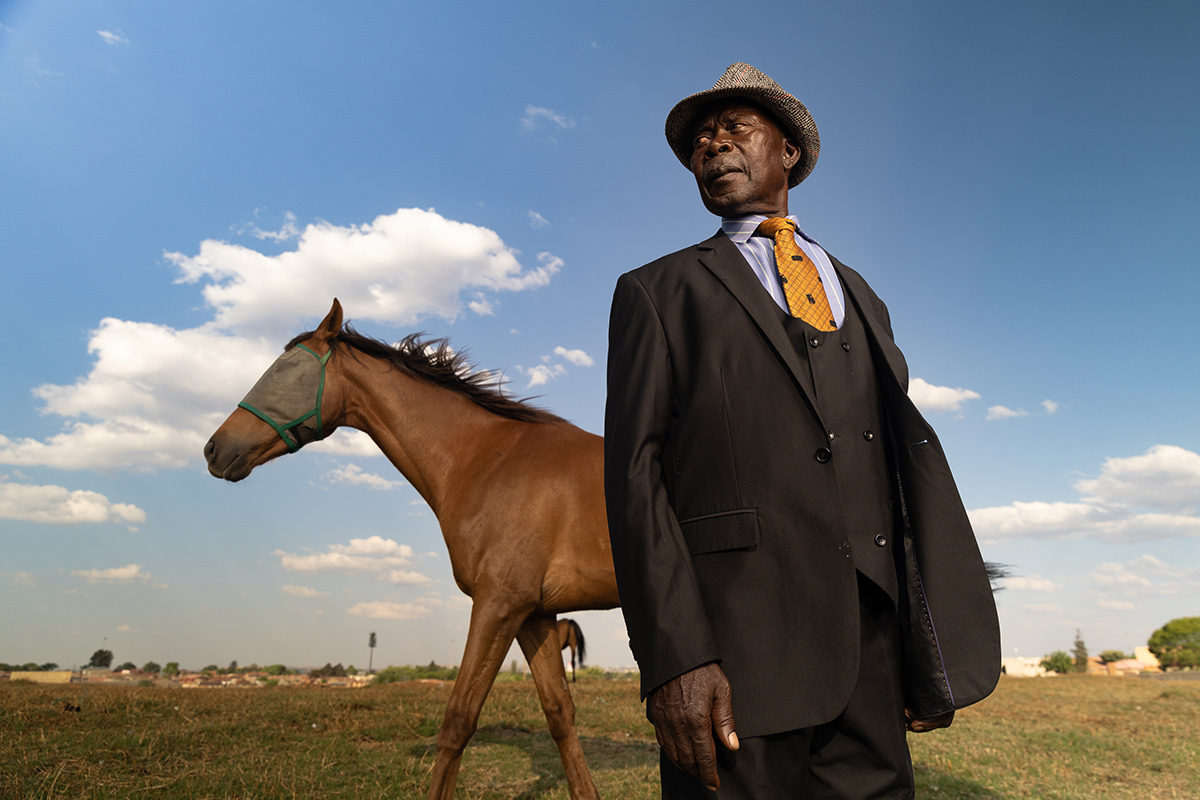Saudi Arabia is the third largest source of Diaspora remittances despite the rising cases of abuse of migrant workers.
Central Bank of Kenya indicates that last year, Kenyan migrant workers in Saudi Arabia doubled their remittances to Sh22.65 billion within the first eight months of 2022.
Saudi Arabia is behind the UK (Sh25.4 billion) and US (Sh188.8 billion).
The gulf nation has made headlines owing to the cases of abuse of human rights for the domestic workers but data shows that Middle East countries including Saudi recorded biggest growth in remittances to $4.03 billion from $3.1 billion recorded in 2021.
According to World Bank United Arabs Emirates ranks third in the list of countries with large number of Kenyan migrant workers.
Some 22.5 per cent of Kenyan migrant workers reside in US, followed by the UK with 7.3 per cent of all migrant workers and 5.6 per cent residing in the United Arabs Emirates,
Similarly, a report by International Organisation for Migration (IOM), shows that Kenya is among the top three countries receiving the most international remittances across sub-Saharan Africa after Nigeria and Ghana.
In 2021, Kenya received $3.7 billion total remittances from diaspora while Nigeria and Ghana received $17 billion and $4.5 billion respectively.
The report indicates that labour migration to the gulf countries is predominantly low-skilled as migrant workers are primarily employed in the construction sector and domestic work industry.
Migration from Africa is majorly prompted by wide income inequalities, poverty and unemployment. Saudia Arabia hosts more than 200,000 Kenyans
According to IOM, most of the migration to the Middle East is not regulated, hence migrant workers are highly vulnerable to exploitative practices.
IOM regional director of East and Horn of Africa Mohamed Abdiker said establishing common migration policies among the member states in East and Horn of Africa would ease negotiations for the terms and rights of migrant workers through the Bilateral Labour Agreements (BLAs).
He noted that the integration would also support gender challenges faced by women migrants noting that more women are migrating to other countries for greener pastures.
“Many years ago in the African traditions, it was the men who were going out to look for greener pastures but that is no longer the case. We are seeing a 35 per cent increase in the number of women on the move,” said the regional director.
East and Horn of Africa is regarded as highly dynamic ‘on the move’ with political instability, climate shocks and economic disparities pushing millions of people into displacement or migrating to other countries in search of greener pastures.
“We are also working with nations to see how we can bring the diaspora community from the region to support the region and their individual countries through remittances. But this can be accomplished if the member states are working together,” he added.





















Discussion about this post